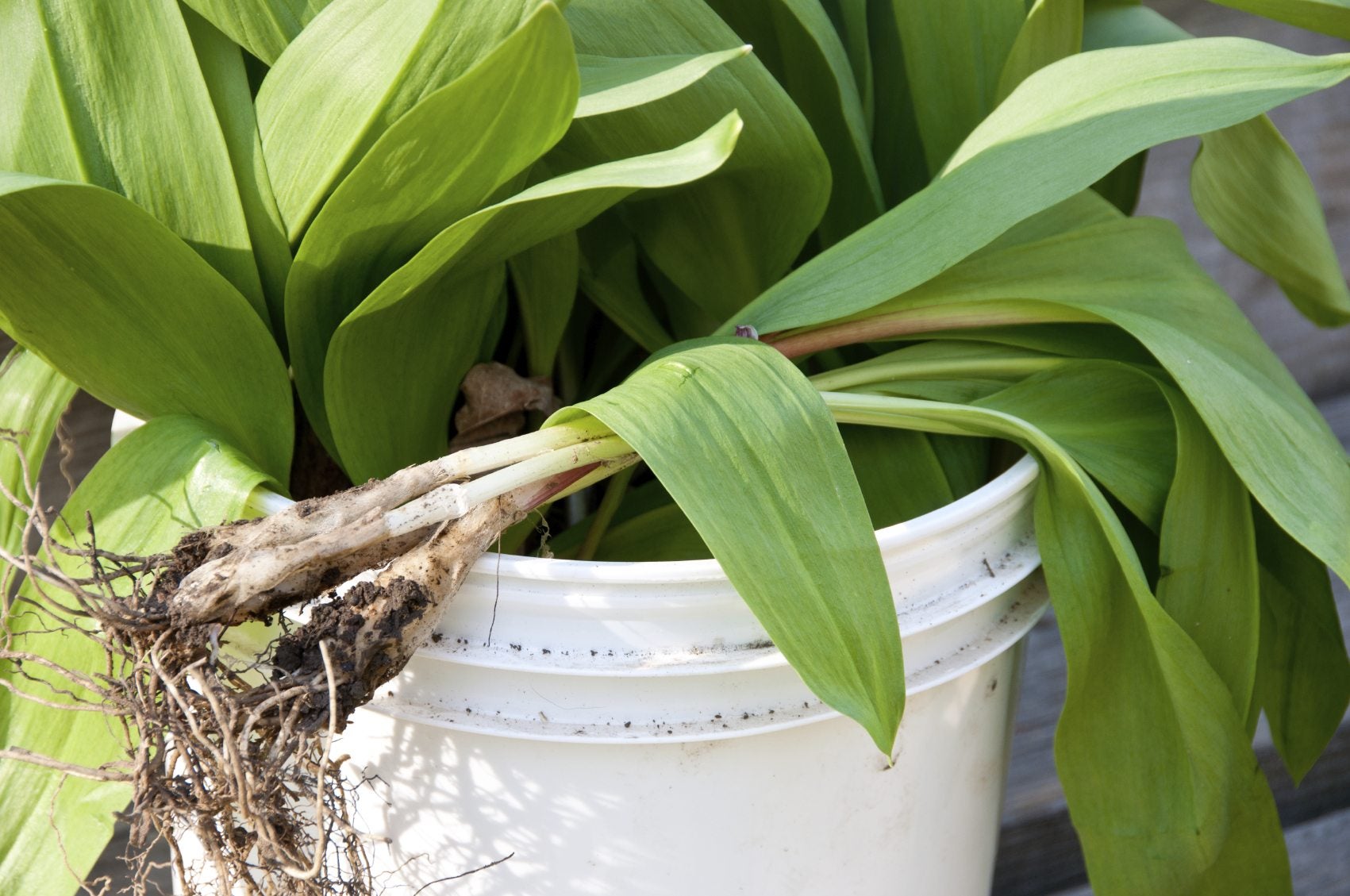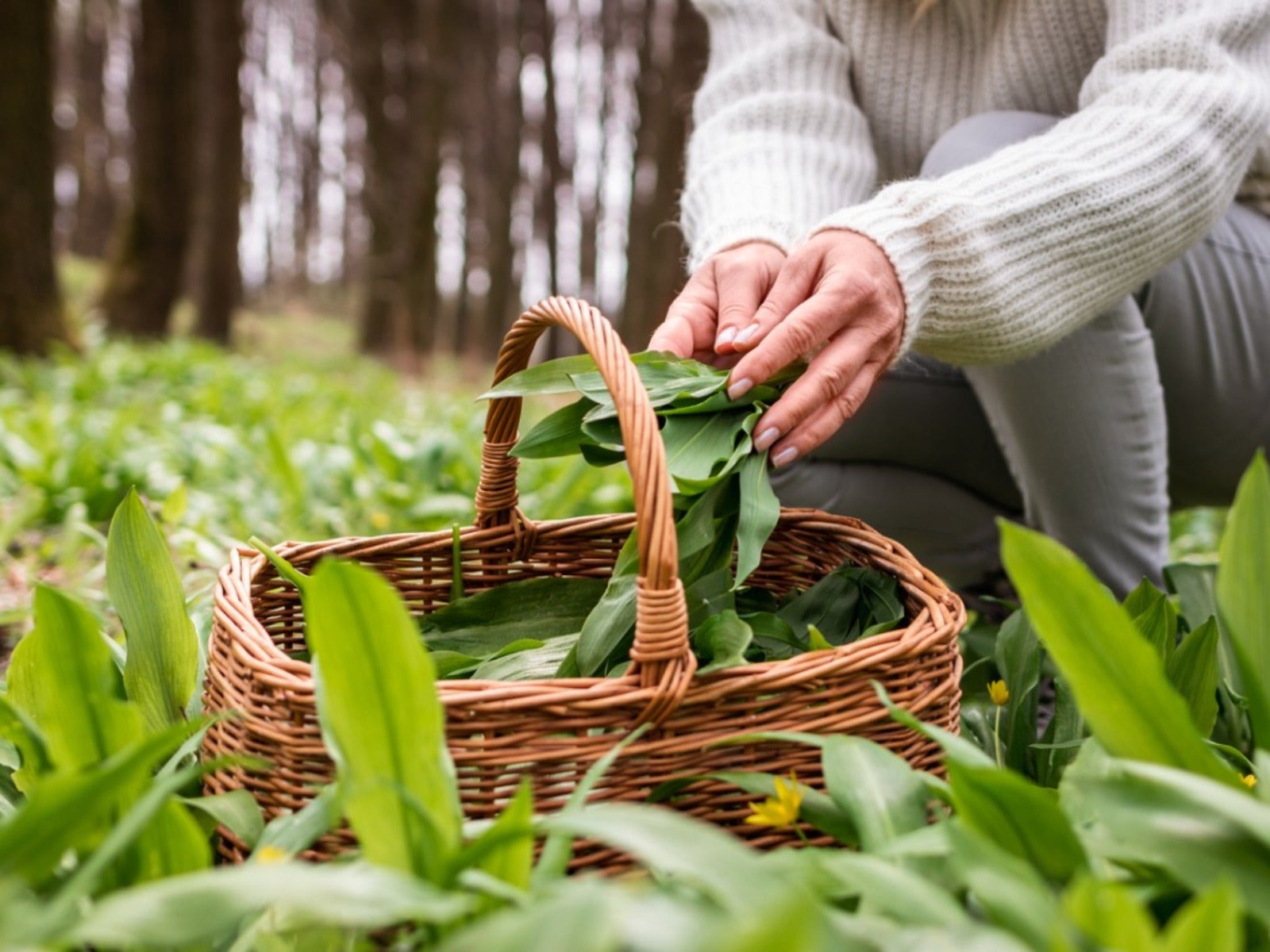Uses For Ramps: How To Grow Wild Leek Ramps In The Garden
What on earth is a ramp? Wild vegetables, like wild leek ramps, are delicious and nutritious. Learn how to grow them in your own garden.

Ramp Vegetable Plants - What Are Ramp Vegetables And Tips On Growing Ramps
Ever heard of a ramp? What are ramp vegetables? There is much to unearth about ramp vegetable plants, like uses for ramps and how to grow wild leek ramps.
What are Ramp Vegetables?
Ramp vegetable plants (Allium tricoccum) are native to the Appalachian Mountains, north into Canada, west into Missouri and Minnesota, and south to North Carolina and Tennessee.
Growing ramps are commonly found in groups in rich, moist, deciduous forests. A cousin of the onion, leek, and garlic plant, the ramp is also a pungent vegetable that is enjoying a resurgence in popularity.
Ramps have been traditionally foraged rather than cultivated and are easily identified by their leaves, usually two broad, flat leaves that are produced from each bulb. They are light, silvery green, 1 to 2 ½ inches (2.5-6 cm.) wide and 5 to 10 inches (13-25 cm) long.
A spring bloomer, the leaves wither and die by June and a small cluster of white flowers appear.
There is some disparity regarding the genesis of the name. Some folks say the name “ramp” is a shortened version for Aries the Ram, the zodiac sign for April and the month that growing ramps begin to appear. Others say “ramp” is derived from a similar English plant called “ransom” (Allium ursinus), which was previously called “ramson.”
Uses for Ramps
Ramps are harvested for their bulbs and leaves which taste like spring onions with a garlicky aroma.
Gardening tips, videos, info and more delivered right to your inbox!
Sign up for the Gardening Know How newsletter today and receive a free copy of our e-book "How to Grow Delicious Tomatoes".
Back in the day, they were usually fried in butter or animal fat with eggs and potatoes, or added to soups and pancakes. Both early colonists and indigenous groups prized ramps. They were an important early spring food source after months of no fresh vegetables and were considered a “tonic.”
Ramps can be eaten fresh, pickled or dried for later use. Today they are found sautéed in butter or olive oil in fine dining establishments.
Ramps and their relatives have been used medicinally to treat a host of ailments, and one of these old-time remedies has crossed over into the world of modern medicine. One of the most common uses of both garlic and ramps was to expel internal worms, and a concentrated form is now produced commercially. It’s called allicin, which comes from the scientific name Allium, the group name for all onions, garlic, and ramps.
How to Grow Wild Leek Ramps
Ramps are traditionally a foraged. food and not cultivated -- that is until fairly recently. Ramps can be found at many farmers' markets grown by local farmers. This may be where some people have been introduced to them. This trend is creating a market for more ramps which, in turn, is causing more farmers to begin cultivating them, and exciting many a home gardener.
So how do you grow wild ramps? Keep in mind that they naturally grow in a shaded area with rich, moist, well-draining soil high in organic matter. Think damp forest floor.
They can be grown from seed or from transplants. Seeds can be sown at any time the soil isn’t frozen with late summer to early fall the prime time. Ramp seeds need a warm, moist period to break dormancy followed by a cold period. If there is not sufficient warming after sowing, the seeds will not germinate until the second spring. So, germination can take anywhere from 6 to 18 months.
No one said this was going to be easy. Be sure to incorporate plenty of the organic matter found in decaying forest soil, such as composted leaves or decaying plants. Remove weeds, loosen the soil, and rake to prepare a fine seed bed. Thinly sow the seeds on top of the ground and press them gently into the soil. Water and cover the ramp seeds with several inches (8 cm.) of leaves to retain moisture.
If you are using transplants, plant ramp bulbs in February or March. Set bulbs 3 inches (8 cm.) deep and 4 to 6 inches (10-15 cm.) apart. Water and mulch the bed with 2 to 3 inches (5-8 cm.) of composted leaves.

Amy Grant has been gardening for 30 years and writing for 15. A professional chef and caterer, Amy's area of expertise is culinary gardening.
-
 8 Noteworthy Native Azaleas Every Gardener Should Know – And Grow!
8 Noteworthy Native Azaleas Every Gardener Should Know – And Grow!Native azaleas offer brilliant blooms in a range of colors and sizes. Here are a few favorites to get inspired and start working on a native shade garden!
-
 Growing Climbing Roses: How To Create Elegant Displays With Maximum Blooms
Growing Climbing Roses: How To Create Elegant Displays With Maximum BloomsMaster the art of growing stunning climbing roses with this essential guide to creating vibrant, fragrant walls and structures all summer long.
